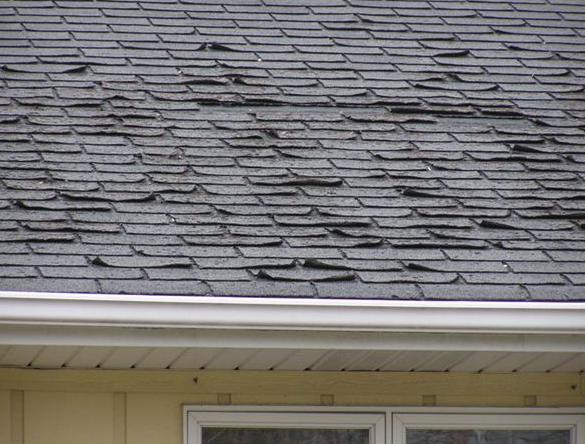Some of these indicate your roofing needs replacement right now. Others are clues it won’t be long before you need a new roof.

- Roof Leaks – Water staining or damage in your attic or on ceilings
- Visible Deterioration – Cupping shingles, splitting shakes, cracked tiles, rusting metal
- Missing Roofing – From wind damage, poor installation, walking on it
- Algae Streaks – Washing will sometimes help
- Sagging Roof Line / Spongy Roof – You’ll need a tear-off and the roof decking replaced
- Daylight in the Attic – You need roof replacement “yesterday”
- Storm Damage – Call your insurance agent to see what’s covered
- Moss – Clear the moss, but moss traps moisture, and it might be too late
- Blistering – Moisture below, a sure sign of needed roof replacement, causes blisters
- Missing Flashing – Check around walls, dormers, and chimneys where water can penetrate
- Granules in Your Gutters – The shingles are losing reflectivity, and shingle damage will soon follow
- Your Roof is Just Old – See expected roof life estimates below, and plan ahead for a new roof
What Can Shorten the Life of Your Roof?
Most of these are preventable – all but the weather. Obviously, storms can damage a roof but many weather conditions could shorten its lifespan. Extreme heat or cold can cause asphalt shingles to become brittle, high winds can tear shingles and tiles, large hail can damage any kind of roofing material.
While none of us can change the weather, you can choose a roof best suited to your climate.